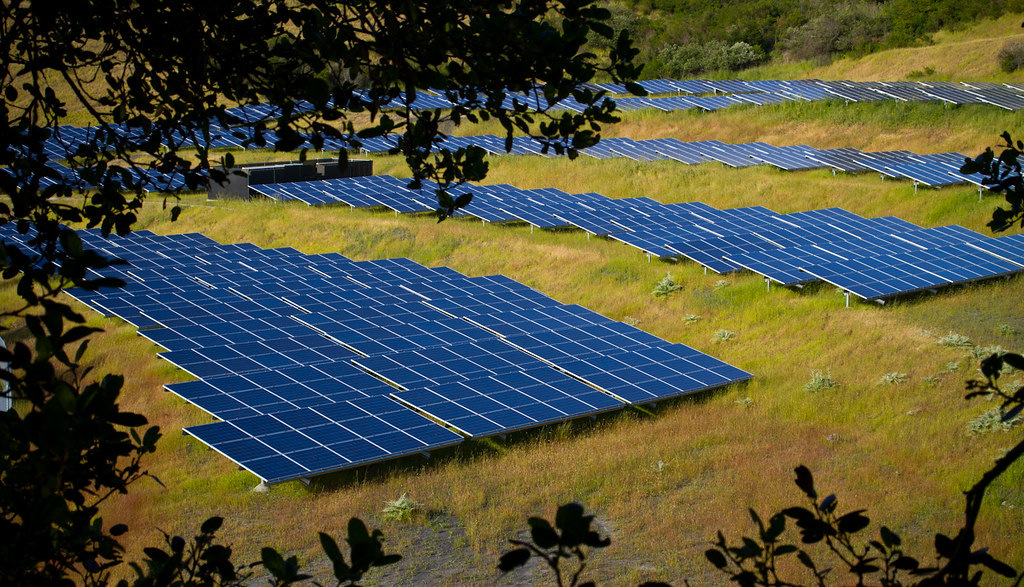Tapping the country’s rainy weather, the facility is expected to collect 170,000 cubic metres of water annually – equivalent to the amount to fill 68 Olympic-size swimming pools – to cool and clean solar panels for optimum performance.
The farm is also highly mobile such that it can be packed up over four months and set up at another site in two months, said Sembcorp Industries’ head of integrated solutions (Singapore and South-East Asia) Jen Tan.
The Sembcorp Tuas Solar Farm, a 17.6 megawatt-peak (MWp) facility, will generate enough energy to power about 4,700 four-room Housing Board flats a year.
This will help to avoid about 9,000 tonnes of carbon dioxide emissions a year from non-renewable sources, equivalent to planting almost 150,000 trees.
The facility takes the Republic closer to reaching the target of hitting at least 1.5 gigawatt-peak (GWp) worth of energy generated by solar power by 2025, and 2GWp by 2030 as part of Singapore’s transition towards achieving a greener energy mix, said Minister of State for Trade and Industry Low Yen Ling at the farm’s opening ceremony on Friday.
 While solar energy is one of Singapore’s most viable sources of renewable energy, the country faces the constraints of limited space and overcast skies caused by its tropical climate.
While solar energy is one of Singapore’s most viable sources of renewable energy, the country faces the constraints of limited space and overcast skies caused by its tropical climate.
Said Low: “Such innovations not only help boost efficiency and yield, they ensure that the space is well used all the time – rain or shine.”
The farm in Tuas is constructed under the third phase of government agency JTC’s Solarland programme, which was launched in 2019 to supply solar energy to the national grid via the installation of solar panels on vacant land. Since the end of last year, it has been operational and providing solar energy to the national grid.
Future solar farms in Jurong and Kallang, along with the farm in Tuas, will take the total amount of vacant land used for solar power to about 70ha.
Once completed in end 2023, JTC’s programmes to install solar panels are expected to generate an estimated 82MWp of solar energy over the next two years – enough to power about 20,000 four-room HDB flats a year, said Low.
 Going forward, JTC is exploring ways to optimise the spaces under solar panels, such as for farming use, and tapping more spaces, including the top of linkways, for solar power, she added.
Going forward, JTC is exploring ways to optimise the spaces under solar panels, such as for farming use, and tapping more spaces, including the top of linkways, for solar power, she added.
The highly automated farm – at two sites in Tuas – will be monitored remotely in real time for maintenance and troubleshooting through tools, including drone technology and live video.
While the rainwater harvesting system is currently being piloted to cool and clean 18 panels – cooling them from 80 deg C to 40 deg C – it is expected to be expanded to other solar panel sites under Sembcorp in the future where possible, said Tan, who oversees more than 2,700 sites here run by Sembcorp Industries, including a floating solar farm on Tengeh Reservoir.
The farm in Tuas – with a total of 33,580 panels – is also Sembcorp’s first solar farm mounted from the ground.
According to thestar.com.my














